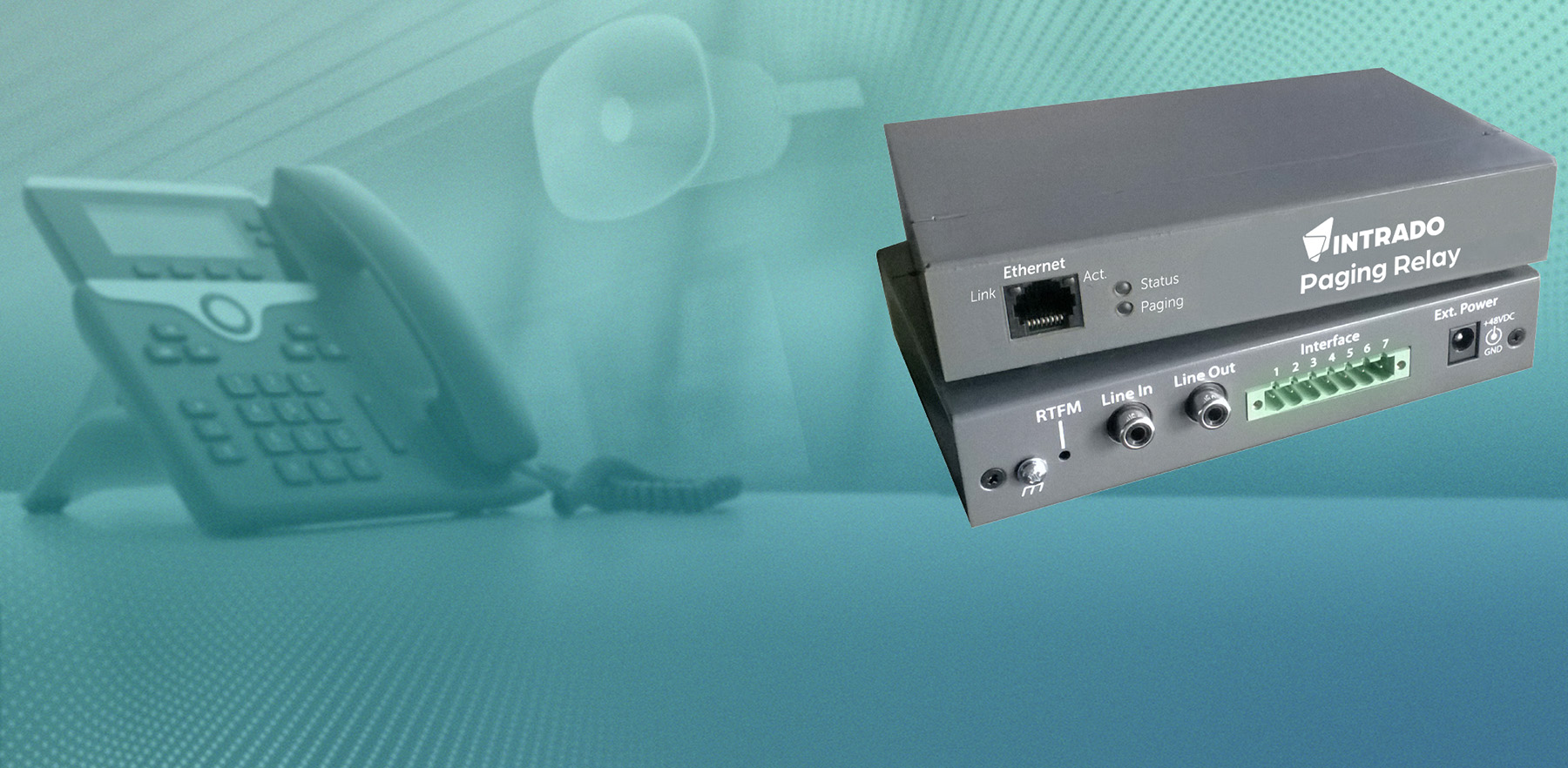2 min read
Preparing for Safer Outcomes During a Building Intruder with Safety Technology
Being Prepared for an Active Shooter or Building Intruder
Read More
2 min read
Being Prepared for an Active Shooter or Building Intruder
Read More
4 min read
The Federal Communications Commission (FCC) enacted Kari’s Law and RAY BAUM’S Act to enable direct dial to 9-1-1 without prefixes, provide real-time...

1 min read
Every year, communities across the country recognize Suicide Prevention Week as a time to raise awareness, provide education, and reduce stigma...

2 min read
The transition to Next Generation 9-1-1 (NG9-1-1) represents the most significant step forward in our lifetime to improve emergency response...

2 min read
Intrado’s Paging Relay is a patented PoE network appliance that provides critical communication functionality that many organizations need to...

3 min read
In late July 2025, the FCC released a new fact sheet, FAQ, and blog by Public Safety and Homeland Security Bureau Chief Zenji Nakazawa — all aimed at...

3 min read
Driving Intrado’s Brand Vision As Lead Graphic Designer

2 min read
We’re counting down the days to NENA 2025, and if you’re heading to Long Beach, we hope to see you there! This year’s show is shaping up to be one of...

4 min read
At Intrado, we understand the complexity of regulatory compliance—because we’re in it with you. We partner with service providers, public safety...

9 min read
At Intrado, we’re not just connected to public safety through the technology we build — we’re connected through personal experiences. Many of our...